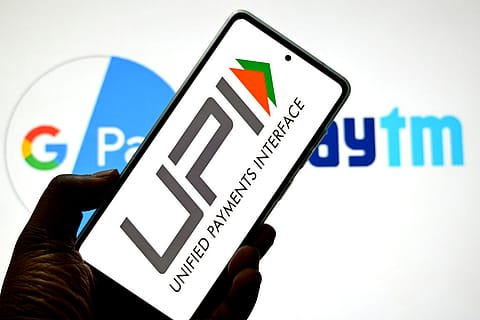From no bank to phone bank: How Jan Dhan and UPI are fuelling India’s digital surge
From zero balance accounts to billion-dollar transactions, India’s digital rails are changing the way money moves.

India’s financial inclusion journey has undergone a transformative leap in the past decade, driven by the seamless integration of government policy, digital identity infrastructure, and payment innovation. At the heart of this transformation are two game-changing initiatives—the Pradhan Mantri Jan Dhan Yojana (PMJDY) and the Unified Payments Interface (UPI).
Launched in 2014, PMJDY has enabled the opening of over 54 crore bank accounts, bringing nearly 80% of the Indian population into the formal banking system—a stark jump from 53% in 2014. Notably, 56% of these accounts belong to women, making it one of the largest gender-inclusive financial initiatives globally. Around 65 lakh accounts were opened in Delhi alone which has nearly 90% urban population.
The RBI’s Financial Inclusion Index reflects this momentum, rising from 43.4 in 2017 to 64.2 in 2024, according to an EY report on financial inclusion through technology in India.
But access alone isn't enough. That’s where UPI, launched in 2016, plays a critical role. It enables real-time, mobile-based peer-to-peer and merchant payments, and has witnessed a 45% year-on-year growth in transactions and a 35% growth in value. It is now the most preferred payment mode among users aged 18–35, especially in semi-urban regions.
This digital surge has been powered by the India Stack—a combination of Aadhaar (biometric ID), e-KYC, and digital signatures—that simplifies onboarding and reduces transaction costs. The JAM trinity—Jan Dhan, Aadhaar, and Mobile—has thus created an inclusive digital ecosystem, making government benefits more accessible and promoting savings and investment among the poor.
Yet, challenges remain. About 35% of accounts are still inactive, and only 25% of UPI users are women, with adoption in rural areas lagging due to digital literacy and device access, the EY report stated.
Still, India’s model—fusing policy, technology, and innovation—is now a blueprint for emerging economies seeking inclusive growth. As the EY report suggests, the next phase lies in deepening usage and bridging behavioural and gender gaps to truly unlock the power of digital financial inclusion.